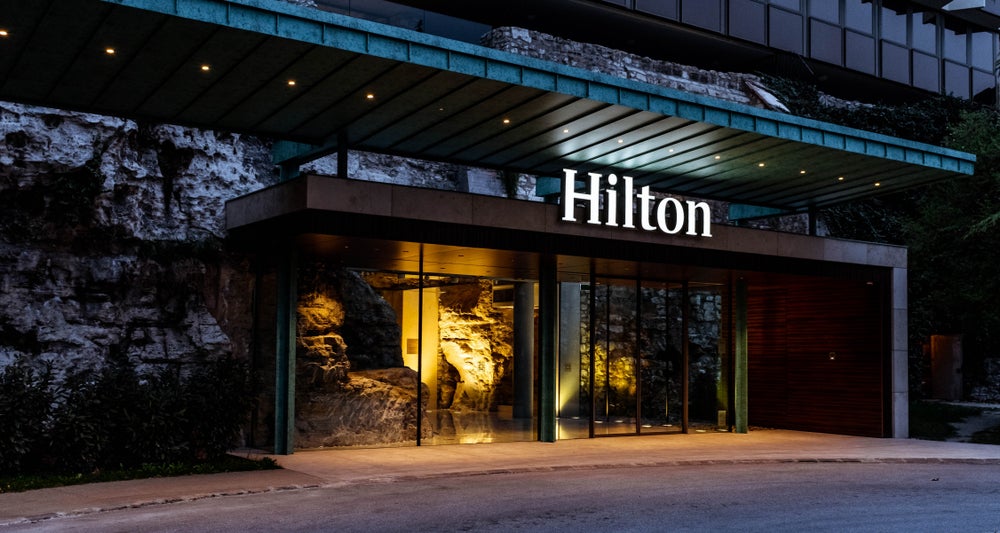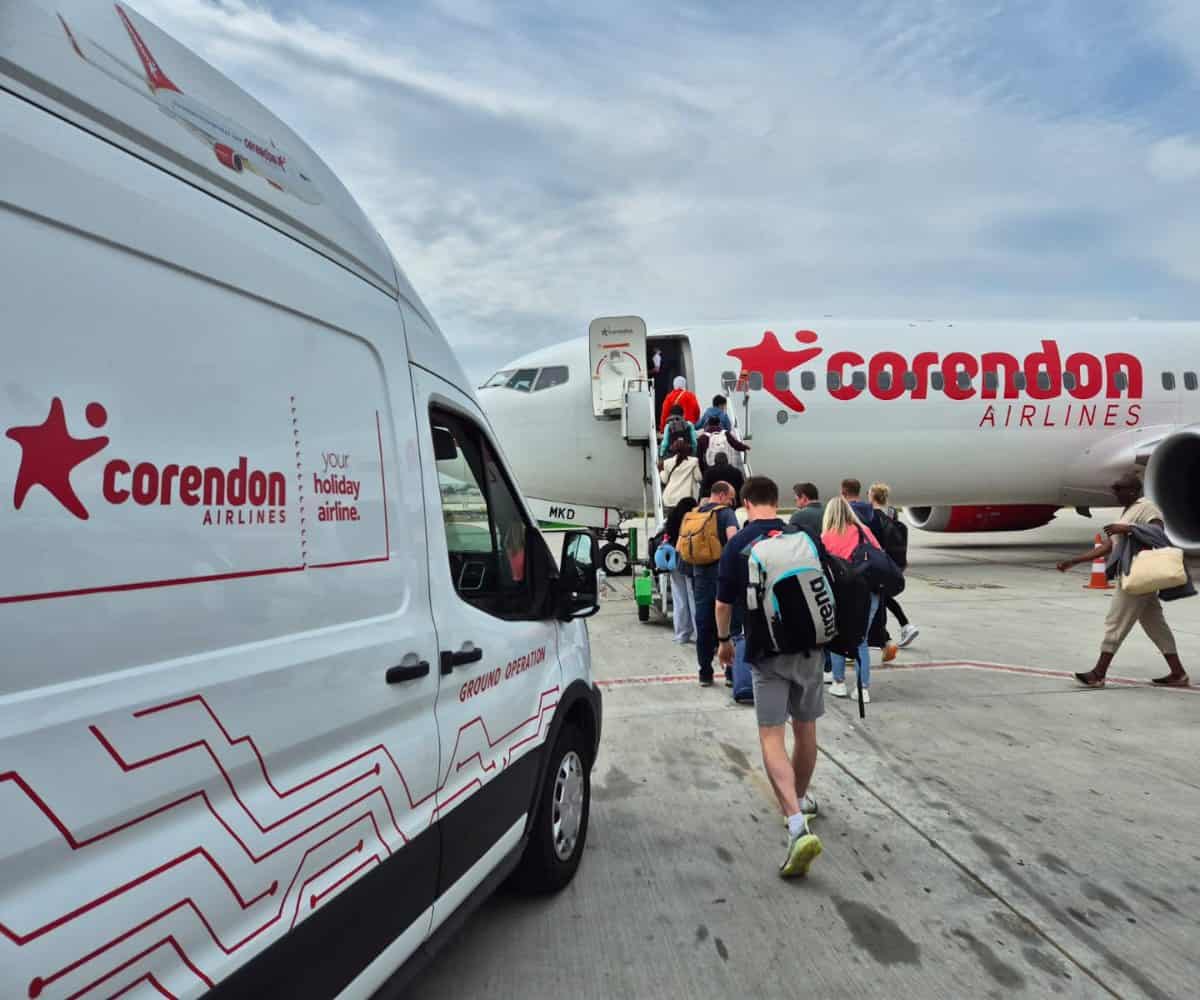
 Alongside new openings, Hilton is converting existing hotels and expanding in key markets such as India. / Credit: Dace Kundrate via Shutterstock
Alongside new openings, Hilton is converting existing hotels and expanding in key markets such as India. / Credit: Dace Kundrate via Shutterstock
In 2025, Hilton is on track to open over 150 hotels across its luxury and lifestyle brands—such as Waldorf Astoria, Conrad, LXR and Curio—marking one of the strongest growth periods in the company’s history.
The chain forecasts net unit growth of around 6 – 7 percent for the year, following a record-breaking performance in 2024.
Discover B2B Marketing That Performs
Combine business intelligence and editorial excellence to reach engaged professionals across 36 leading media platforms.
Find out more
Against a backdrop of global economic uncertainties, Hilton remains optimistic about sustained demand and long-term expansion.
Growth in luxury and lifestyle hotel openings
Hilton has confirmed plans to launch more than 150 new luxury and lifestyle hotels during 2025, adding properties like Waldorf Astoria New York, Conrad Athens The Ilisian, and the first LXR resort in India to its portfolio.
This expansion equates to an average of three new openings per week. The firm has also surpassed the milestone of 1,000 luxury and lifestyle hotels worldwide.
Robust development pipeline and conversion strategy
Hilton’s development pipeline has surged in size. As of 30 June 2025, it includes approximately 3,636 hotels with 510,600 rooms across 128 countries and territories, nearly half of which are already under construction.
In 2024 alone, Hilton added nearly 100,000 rooms, achieving net unit growth of 7.3 percent and bringing its pipeline to almost 3,600 hotels and close to 498,500 rooms.
A key element in Hilton’s growth is conversion of existing hotels, especially via the Spark by Hilton brand. Spark, designed for rapid upgrades of existing properties at a lower cost, had grown to 130 hotels with over 11,500 rooms by 2025.
Macroeconomic resilience and demand trends
During interviews in mid-2025, CEO Chris Nassetta acknowledged short-term softness in leisure demand—particularly in March and April due to trade tariff concerns—yet insisted that demand stabilised by the second quarter and would support full-year growth.
Business and group travel have shown stronger resilience. Nassetta said he expects macroeconomic and geopolitical environments to have limited impact over the next two to three years, reinforcing confidence in long-term expansion.
Moreover, Hilton projects systemwide comparable revenue per available room (RevPAR) to remain flat or improve by up to 2 percent in 2025, supported by planned capital returns of around US $3.3 billion.

Sign up for our daily news round-up!
Give your business an edge with our leading industry insights.



